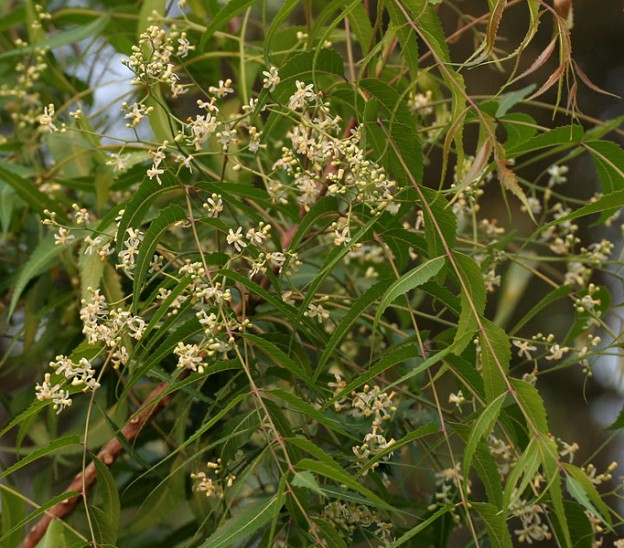How solitude can convert a Neem Tree into a spaceship?
Is the extroversion-introversion axis a right approach to analyse one another?
Please read the brief article below and find out!
One of my bright childhood memories is about our home in Hyderabad Sindh. It had a moderate size lawn in front and the most prominent feature was a sizeable and mature Neem tree on one side of this lawn. I was 11-years-old at that time and used to be quite sporty and a voracious reader. It did not take me too long to become an expert to climb up this tree and I used to do it literally in seconds.
This tree had a very thick and strong, and somewhat oblique to horizontal branch of about four feet emerging from the main trunk at an acute angle. It had a natural curve to support my cylinder body in a comfortable reclining position. With lots of small branches full of Neem leaves and NIMBOLIS (Neem tree fruits) all around this big branch, it became my favourite childhood hiding place and very rightly so, as Robin Hood was on thetelevision those days and hence, was one of my role models. The other one was Captain Kirk of Star Trek and it was effortless for my childhood imagination to convert this Neem tree into a spaceship whenever required.
This Neem tree became a kind of creative den for me to sit and and indulge my colourful imagination in for hours and hours. I used to reflect on my daily childhood affairs there and used to even read books. I read many Ferozsons books (famous childhood Urdu publisher at that time) while reclining on the branch of this Neem tree. The most enjoyable read was the novel “Tarzan” for obvious reasons.
I also used to get the occasional enjoyment of seeing my elder brothers searching for me anxiously everywhere and in the lawn because of my long absence from home. They could not see me because of my high position in the tree and the leaves all around me. Indeed, this used to make it even more exciting.
For an otherwise very active and extrovert boy, this Neem tree provided me with an opportunity to maintain some semblance of balance and some sense while steering the ship of my 11 year life. For the first time in my life, I came to know the difference of solitude and loneliness. I realised thatexternally they both look the same but all resemblance ends at the surface.
Traditionally the extroversion-introversion axis is a way of thinking about differences in personality. The distinction was originally made by Freud and has since been widely used as a concept to help us understand one another. In schools and at work places, we commonly label people as extroverts when they are assertive, self-expressive, and generally dominant, and label them as introvert when they are withdrawing, secretive, and have a more yielding personality. Solitude is usually associated with introversion and unfortunately there is a negative tinge attached to the use of both of these words.
I disagree with the negative sense attached to the term introversion and solitude. In order to better understand extroversion and introversion, we need a historical perspective. When we, as a civilisation, were in an agricultural age, most of us lived relatively in smaller units of villages. We weresurrounded by familiar people and circumstances. Solitude and reflection was a socially accepted norm in those days. In fact, it was very much encouraged by religion and philosophical doctrines. There was no need to assert oneself as everyone knew each other and the centre of focus was character and integrity.
When we entered into the industrial age, we started to live in larger units of cities. We became surrounded by huge numbers of strangers and unfamiliar circumstances. It became necessary for our social survival to assert our identity and exhibit our talents to strangers. We became more familiar with team work and group dynamics and creativity moved from reflection and intuition to brain-storming and board room decision making. Focus of success shifted from character integrity to salesmanship and marketing.
Extroversion no doubt has its own merits and these are recognised and celebrated widely in our present day world. My point is that for a peaceful and integrated world and for the harmonious future for our race, we need a balanced combination of introversion and extroversion within our leaders, and within us as human race. In order to thrive and move successfully in our present day world, we need the reflective and imaginative power of an introvert along with the brilliance of communication skills and power of familiarity of an extrovert with present day world and technology. We need the introvert qualities of achieving calm, becoming relaxed and better at listening and the timely ability to be assertive, fully awake, expressive and pragmatic decision-making skills to run the affairs of our present day world and our future.
Solitude and introversion demands a careful thought from teachers, educationists, writers, community leaders and parents to anticipate and prepare for a better world and for a better future for our kids.


